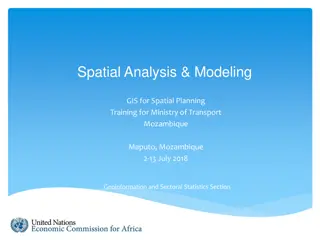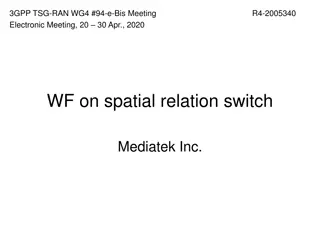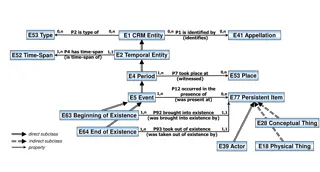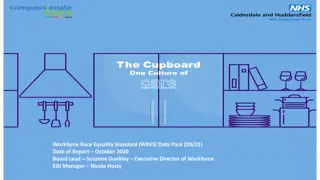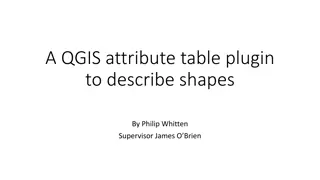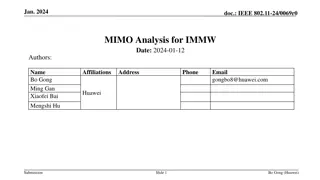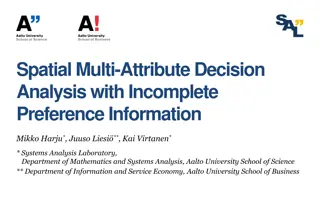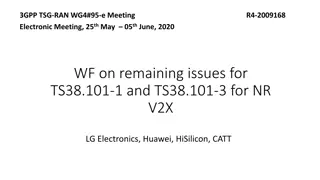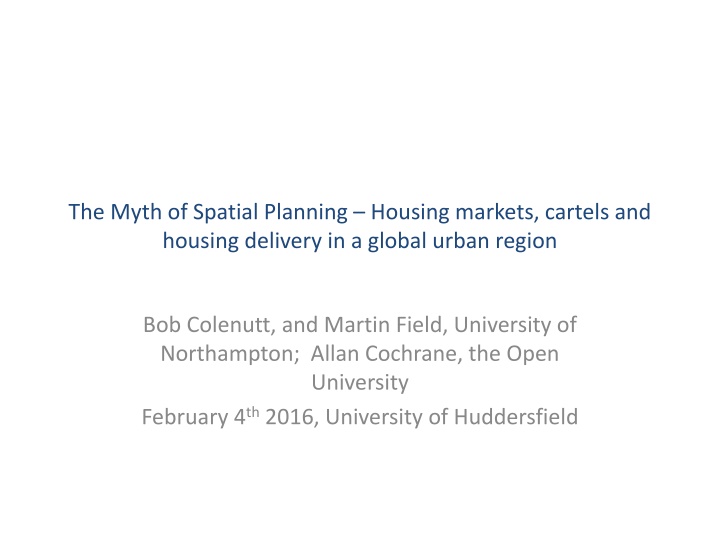
Myth of Spatial Planning in Housing Markets: Insights from a Global Urban Region
Explore the contentious issue of spatial planning and housing shortages in the London-South East region, delving into debates on housing supply, market cartels, and policy implications. Analyze key perspectives, experiences, and challenges faced in housing delivery, with a focus on recent trends and regional case studies.
Download Presentation

Please find below an Image/Link to download the presentation.
The content on the website is provided AS IS for your information and personal use only. It may not be sold, licensed, or shared on other websites without obtaining consent from the author. If you encounter any issues during the download, it is possible that the publisher has removed the file from their server.
You are allowed to download the files provided on this website for personal or commercial use, subject to the condition that they are used lawfully. All files are the property of their respective owners.
The content on the website is provided AS IS for your information and personal use only. It may not be sold, licensed, or shared on other websites without obtaining consent from the author.
E N D
Presentation Transcript
The Myth of Spatial Planning Housing markets, cartels and housing delivery in a global urban region Bob Colenutt, and Martin Field, University of Northampton; Allan Cochrane, the Open University February 4th2016, University of Huddersfield
Introduction Spatial planning is contentious issue in the fractious debate about the shortage of housing in the super growth region of London and South East Given that the property industry is exceptionally profitable and Governments over the last 20 years have bent over backwards to make more land available, why this focus on planning ? This paper examines; The prominent camps in the housing supply debate The business model of the volume house builders A sub-regional case study within the South East Region The case for the existence of housing market cartels The policy implications
Conventional explanations and policy camps Too much planning - the volume house builders lobby - and their academic supporters (Ball, Cheshire) Planning essential to give certainty and ensure quality: the spatial planning lobby
Evaluating recent experience 1997-2016 New Labour spatial planning with Growth Areas The post 2010 anti-planning/ abolish regional approach Plus fiscal subsidies across both periods What happened? - More land was allocated - New build starts never rose above 150K pa despite demand rising - Prices rose inexorably reducing affordability - Affordable housing starts fell
Evidence from a Growth Region Case study of Milton Keynes and Northamptonshire 2003-2013 A Growth Area in the South East Policy levers Land allocation plan - 125K new homes 2001- 2021 Of which 50k new homes to be in Sustainable Urban Extensions( SUEs) Result? Delivery well below targets Source: Tensions and Prospects for Sustainable Housing Growth: A case study of Northamptonshire and Milton Keynes ESRC (ES/1038632/1)
Why if so much land allocated , so little delivery? Whitehead et al (DCLG, 2007): reasons for non delivery; Land assembly Infrastructure Wrong locations Landowners Eco Standards Viability Political uncertainty Concludes its essentially a speculative market But is it that simple?
Inside the Volume House Builders Model Trends in agglomeration (Wellings) The role of the City and the banks Investor/ shareholder businesses The important financial role of land banking/trading Rise and rise in acreage and options under their control Managing new build house prices (Adams) The property lobby i.e. A highly managed business model - very far from a speculative market
Volume builders chart % Profits increase 2013/14 Completions 2013/14 Consented plots Bovis 150 3635 18062 Bellway 49 7752 21800 Perimmon 57 13509 87720 Barratts 100 14838 66570 Taylor Wimpy 68 12454 75000 Total 52188 269172
Do Volume Builders operate a Cartel? A cartel is an agreement between competing firms to control prices and exclude entries of new competitors in the market Our 5 HBs build around 50% of all new homes; and operate together in sub-regional markets Nationally they control almost 900,000 units of supply an 18 year land bank (6 yrs consented; 12 yrs strategic) Large sites are divided up and sold to competitors They carefully control housing release offering similar prices and products They lobby together at national and local level
Recent policies reinforce the power of the cartel in London and the South East The National Planning Policy Guidance 2012 (NPPF) Viability based planning system Five year land supply policy Further reduction of planning powers for local authorities in the Housing and Planning Bill 2015
Conclusions In a UK super growth region, even with high profits and values, housing supply is well below demand Any simple equation between land availability and the delivery of housing is unconvincing (central conclusion of our study (ES/1038632/1) One important reason is that cartel structure of the volume builders limits delivery in a systematic way Policy makers are in denial Why? to protect market philosophies and fear of taking on vested interests
What can be done? Tackle the anti-competitive nature of the volume housing developer business we call for an inquiry; an OFHOME would be a start Wider policy implication - end the separation of spatial planning from delivery by creating an alternative land and housing development system






